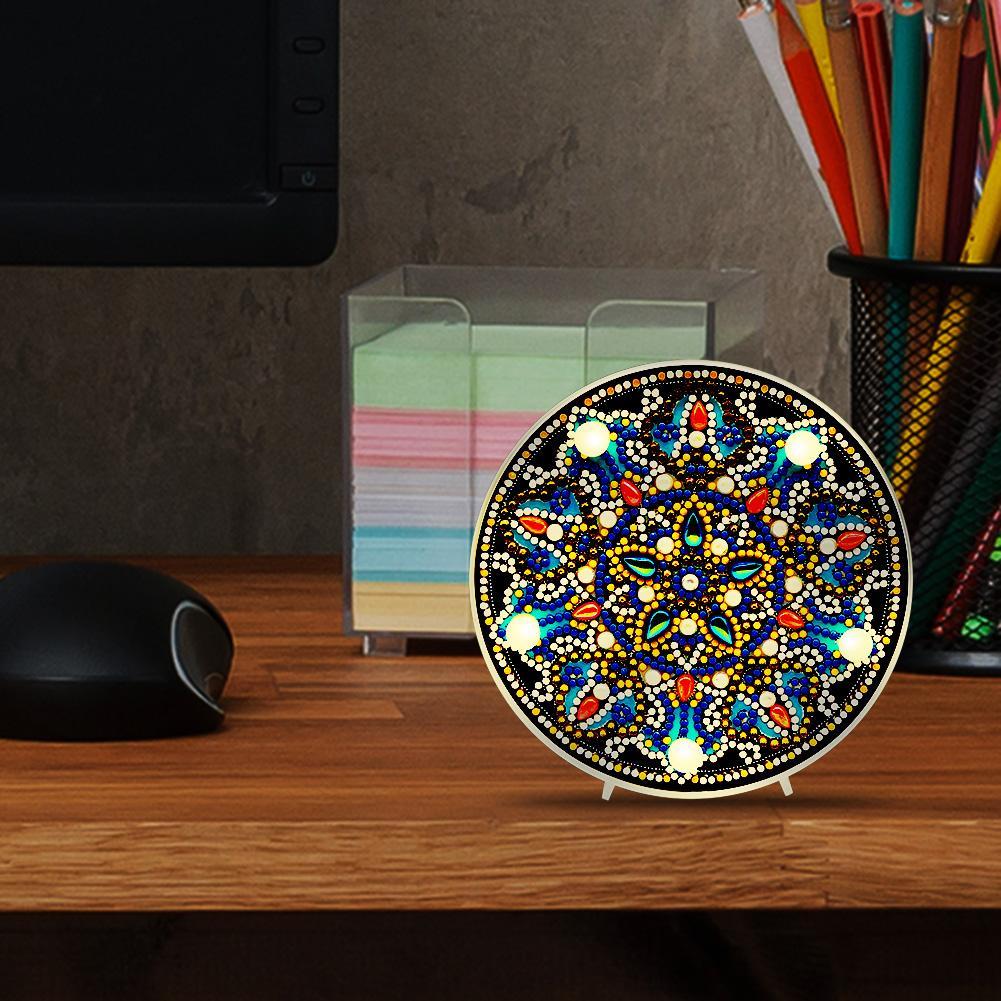
Still more frequent than some of the common mistakes that come from a lack of knowledge or experience are the ones that happen during moments when your brain just gets away from you. Reviewing the whole process, right down to dusting off the rhinestones beforehand, can help avoid such a mistake. It’s also fairly common to make mistakes in the sealing process when you’re ready to put the finishing touches on a diamond art piece. There are more than a few strategies to make it stay flat, but you have to be careful not to damage the finished diamond painting while you’re trying to straighten everything out. Most crafters who travel with their diamond art or stow it away my rolling it up might find that it refuses to uncurl and remain flat after it has been rolled up. There are some common mistakes that have to do exclusively with the canvas. Mischievous cats, kids, or spouses can often mislay rhinestones when playing with them or trying to tidy up a space unbidden. It’s also easier said than done to keep track of all your drills if you have them scattered about or you tend to work in the living room or dining room instead of in a dedicated space for your diamond painting.
#LIGHT TABLE FOR DIAMOND PAINTING CODE#
Creating a color system that works for you will ensure that you don’t put down the wrong color drill and don’t have to spend lots of downtime looking for the right DMC code when you move on to a new section of the canvas.

Some DMC codes are rather similar in color and there is no shortage of detail-oriented crafters out there who will never be able to stop noticing a drill if they notice one that’s the wrong color in a finished, sealed diamond painting. Similarly, organizing your color system can help prevent misplaced drills. There are many crafty ways to get the diamonds up out of the carpet and back into their container that don’t involve painstakingly picking up all the spilled rhinestones with the applicator pen. Storing the drills properly will pretty much solve any spilling issues, but you should also know exactly what to do in case some rhinestones are spilled.
#LIGHT TABLE FOR DIAMOND PAINTING HOW TO#
Any misplaced drills could ruin the whole picture in the end and it can be hard to know how to improve your ability to keep the drills in line. They can spill, they can run out, they can stick together, they can be placed in the wrong place on the canvas, and they can be misaligned. There are tons of DMC codes to mistake, rhinestone containers to overturn, adhesive to expose too soon, and a whole host of other common diamond painting mistakes that happen all the time to diamond painters and we’re here to go through them and give some diamond painting tips to help make sure the calming effect of diamond painting won’t be interrupted by an accidental mishap.Īs you can imagine, lots of mistakes are possible when it comes to those little diamonds. Most common mistakes have more to do with some slight short-sightedness before the actual painting begins more than they have to do with a lack of skill or a real shortcoming. With so many diamond art tools, tiny rhinestones, and all that adhesive on the canvas, it’s more than understandable that things will sometimes go wrong while you’re working on the next diamond painting kit.

No responsibility can be assumed by ThermoWorks for the accuracy or otherwise of the following figures.Just like in any DIY crafting project, a diamond painting kit is rife with possibilities for mistakes, accidents, and faux pas. We would recommend, in the first instance, comparing measurements, found with an accurate surface probe or wire probe, and then the Infrared thermometer can be adjusted to match the correct emissivity and used for subsequent measurements. The accuracy of the following figures is almost impossible to guarantee as the emissivity of a surface will not only alter with regard to texture and colour but also with its actual temperature at the time of measurement. In the real world, there are no perfect "black bodies" and very few perfect infrared mirrors so most objects have an emissivity between 0 and 1. A material with an emissivity value of 0 would be considered a perfect thermal mirror.įor example, if an object had the potential to emit 100 units of energy but only emits 90 units in the real world, then that object would have an emissivity value of 0.90. A black body is a material that is a perfect emitter of heat energy and has an emissivity value of 1. It is defined as the fraction of energy being emitted relative to that emitted by a thermally black surface (a black body).

Emissivity is a measure of the efficiency in which a surface emits thermal energy.


 0 kommentar(er)
0 kommentar(er)
